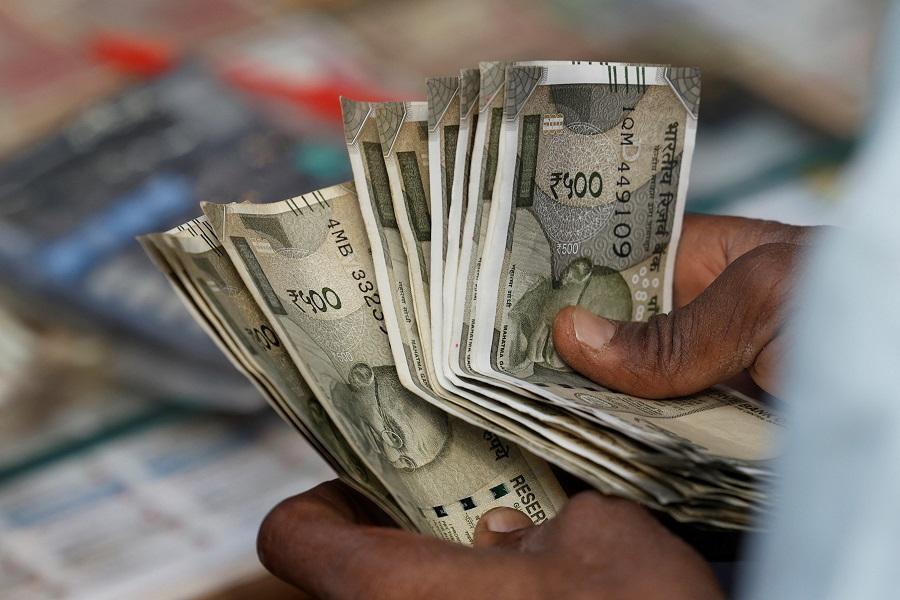
Rupee Set to Open Weaker as Trump Threatens 25% Tariff on Exports
The Indian rupee is likely to open weaker on Thursday after U.S. President Trump threatened a 25% levy on Indian exports, despite ongoing talks. Traders expect the Reserve Bank of India (RBI) may intervene as the rupee nears its record low of 87.95. The 1-month NDF suggests an opening range of 87.66–87.69, versus 87.42 previously.
The rupee has been under pressure in recent days due to a range of factors, including a widening current account deficit, a high oil import bill, and a weak global economy. However, the threat of a 25% tariff on Indian exports by the Trump administration has added an extra layer of uncertainty to the market.
The tariff threat came after the U.S. Commerce Department announced that it would investigate whether India’s restrictions on American goods and services were unfair and hurt U.S. businesses. The investigation could lead to tariffs on up to $2.5 billion worth of Indian goods.
The Indian government has reacted strongly to the tariff threat, calling it “unjustified” and saying that it would take all necessary steps to protect the interests of Indian exporters. The country’s commerce minister, Piyush Goyal, said that India would not be intimidated by the threat and that it would continue to defend its interests.
Despite the strong rhetoric, traders are bracing for a weaker rupee on Thursday. The currency has been under pressure in recent days, and the tariff threat has added to the uncertainty. The 1-month NDF, which is a forward-looking indicator of the rupee’s value, suggests that the currency could open in the range of 87.66–87.69, which is weaker than its previous close of 87.42.
The RBI may step in to support the rupee if it falls below 87.95, which is its record low. The central bank has intervened in the past to support the rupee, and it is likely to do so again if the currency falls to its record low.
The rupee’s weakness is likely to be driven by the tariff threat, as well as the country’s widening current account deficit. The deficit has widened to 2.4% of GDP, which is higher than the RBI’s comfort level. The central bank has been trying to reduce the deficit by increasing interest rates and imposing restrictions on gold imports, but the efforts have had limited success.
The rupee’s weakness is also likely to be driven by the country’s high oil import bill. India is one of the world’s largest oil importers, and the rising cost of oil has put pressure on the rupee. The country’s oil import bill has risen to $10 billion per month, which is a significant burden on the country’s foreign exchange reserves.
The rupee’s weakness is also likely to be driven by the global economy. The global economy is slowing down, and this is likely to affect India’s exports. The country’s exports account for around 20% of its GDP, and a decline in exports could lead to a decline in the rupee’s value.
The RBI has been trying to support the rupee by increasing interest rates and imposing restrictions on gold imports. The central bank has also been trying to attract foreign investment by offering higher returns on government securities. However, the efforts have had limited success, and the rupee continues to weaken.
In conclusion, the rupee is likely to open weaker on Thursday after U.S. President Trump threatened a 25% levy on Indian exports. Traders expect the RBI may intervene as the rupee nears its record low of 87.95. The 1-month NDF suggests an opening range of 87.66–87.69, versus 87.42 previously.
Sources:




